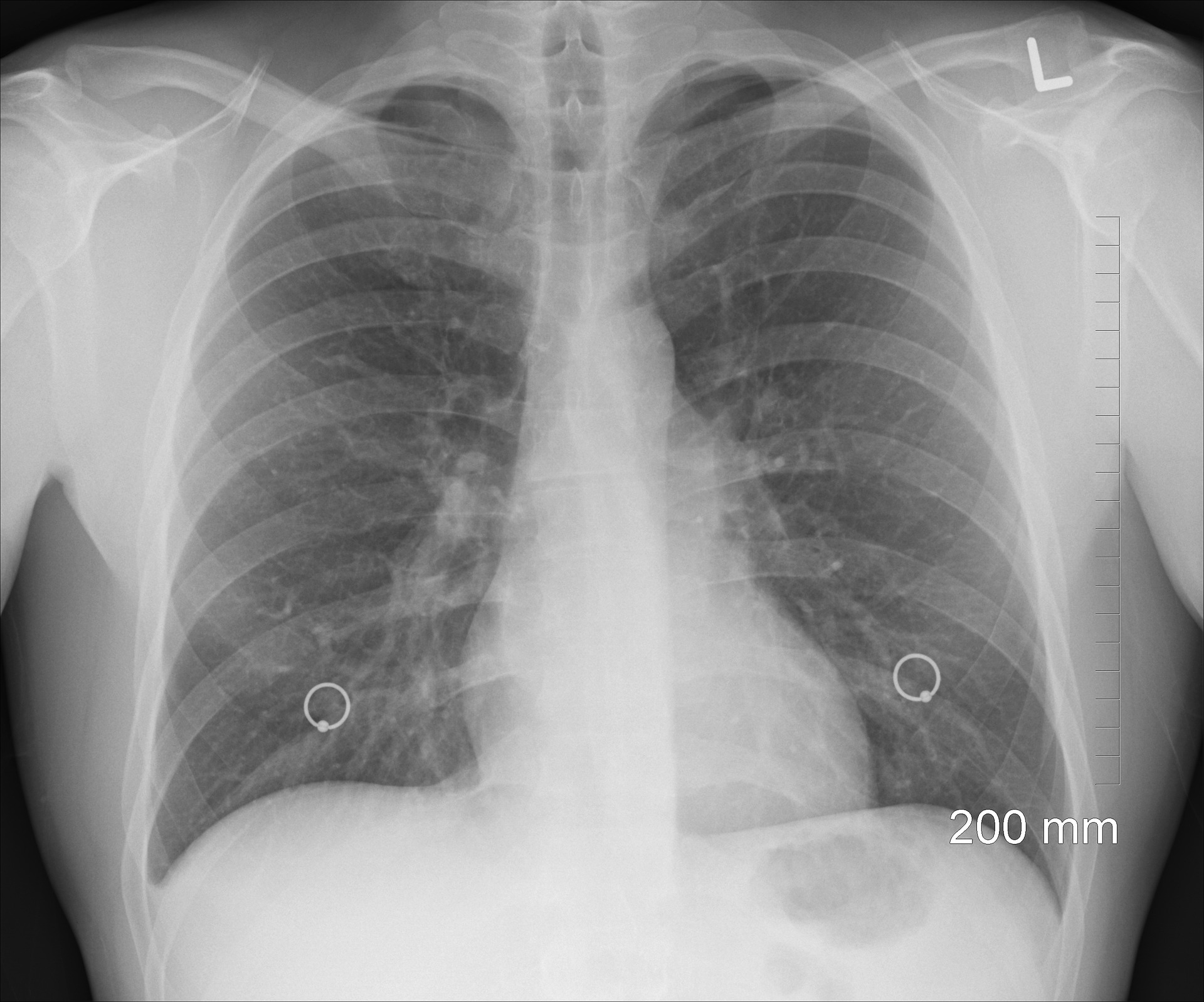
Blue Bloater and Pink Puffer in COPD: Understanding the Two Types of Chronic Obstructive Pulmonary Disease
Chronic obstructive pulmonary disease (COPD) is a respiratory illness that is becoming more common as a result of modern lifestyle changes. COPD is a chronic, progressive illness that affects the lungs and the airways. It is a leading cause of disability and death in the world, and it is projected to become the third leading cause of death globally by 2030. The two types of COPD that are commonly recognized are Blue Bloater and Pink Puffer. In this article, we will discuss the differences between these two types of COPD, their symptoms, causes, and treatment options.
What is COPD?
COPD is a chronic respiratory disease that causes inflammation and obstruction of the airways in the lungs. This leads to a decrease in lung function, making it difficult for patients to breathe. COPD is a progressive disease, which means that it worsens over time, and can cause severe disability and even death.
COPD is caused by exposure to irritants such as cigarette smoke, air pollution, and dust. Other factors that can increase the risk of COPD include genetic factors, age, and respiratory infections. COPD is a major public health problem, affecting millions of people worldwide.
Blue Bloater in COPD
Blue bloater is one of the two types of COPD, and it is characterized by chronic bronchitis. People with blue bloater COPD have chronic cough, sputum production, and shortness of breath. They may also experience wheezing, chest tightness, and fatigue.
The name “blue bloater” comes from the characteristic bluish discoloration of the skin, which is caused by low oxygen levels in the blood. Blue bloaters often have a chronic cough with mucus production, and they may experience frequent respiratory infections.
Causes of Blue Bloater in COPD
Blue bloater COPD is caused by chronic bronchitis, which is a long-term inflammation of the bronchial tubes in the lungs. This inflammation causes the airways to become narrowed, making it difficult to breathe.
The primary cause of chronic bronchitis is cigarette smoking, although exposure to other irritants such as air pollution and dust can also contribute to the development of the disease. People who live in areas with high levels of air pollution are more likely to develop chronic bronchitis.
Treatment of Blue Bloater in COPD
The treatment of blue bloater COPD includes medications such as bronchodilators, which help to open up the airways and make it easier to breathe. Inhaled corticosteroids may also be used to reduce inflammation in the airways.
People with blue bloater COPD may also benefit from pulmonary rehabilitation, which includes exercise training, breathing techniques, and nutritional counseling. Pulmonary rehabilitation can help to improve lung function, reduce symptoms, and improve quality of life.
Pink Puffer in COPD
It's is the other type of COPD, and it is characterized by emphysema. People with pink puffer COPD have difficulty exhaling air from their lungs, which leads to shortness of breath. They may also experience chest tightness, coughing, and fatigue.
The name “pink puffer” comes from the fact that these individuals tend to have a pink or red complexion, and they often breathe rapidly and deeply in an effort to get enough air into their lungs. Unlike blue bloaters, pink puffers usually do not have chronic cough or sputum production.
Causes of Pink Puffer in COPD
Pink puffer COPD is caused by emphysema, which is a long-term lung disease that causes the destruction of the air sacs in the lungs. This destruction leads to a decrease in lung function, making it difficult for people with pink puffer COPD to breathe.
The primary cause of emphysema is cigarette smoking, although exposure to other irritants such as air pollution and dust can also contribute to the development of the disease.
Symptoms of Pink Puffer in COPD
The symptoms of pink puffer COPD include shortness of breath, chest tightness, coughing, and fatigue. These symptoms tend to worsen over time, and people with pink puffer COPD are at increased risk of developing respiratory infections.
Treatment of Pink Puffer in COPD
The treatment of pink puffer COPD includes medications such as bronchodilators and inhaled corticosteroids, which help to open up the airways and reduce inflammation in the lungs. Oxygen therapy may also be used to help people with pink puffer COPD breathe more easily.
Pulmonary rehabilitation is also an important part of the treatment for pink puffer COPD. This includes exercise training, breathing techniques, and nutritional counseling. Pulmonary rehabilitation can help to improve lung function, reduce symptoms, and improve quality of life.
Differences between Blue Bloater and Pink Puffer in COPD
Blue bloater and pink puffer are two types of COPD that have distinct differences in their symptoms, causes, and treatment options.
Blue bloater COPD is characterized by chronic bronchitis, which causes a chronic cough with mucus production. People with blue bloater COPD tend to have low oxygen levels in their blood, which leads to a bluish discoloration of the skin. The primary cause of blue bloater COPD is cigarette smoking, although exposure to other irritants such as air pollution and dust can also contribute to the development of the disease.
Pink puffer COPD, on the other hand, is characterized by emphysema, which causes a decrease in lung function and difficulty exhaling air from the lungs. People with pink puffer COPD tend to have a pink or red complexion, and they often breathe rapidly and deeply in an effort to get enough air into their lungs. The primary cause of pink puffer COPD is cigarette smoking, although exposure to other irritants such as air pollution and dust can also contribute to the development of the disease.
The treatment options for blue bloater and pink puffer COPD are similar, but there are some differences. People with blue bloater COPD may benefit more from inhaled corticosteroids to reduce inflammation in the airways, while people with pink puffer COPD may benefit more from oxygen therapy to help them breathe more easily.
Conclusion
COPD is a chronic respiratory disease that affects millions of people worldwide. Blue bloater and pink puffer are two types of COPD that have distinct differences in their symptoms, causes, and treatment options.
Blue bloater COPD is characterized by chronic bronchitis, while pink puffer COPD is characterized by emphysema. The primary cause of both types of COPD is cigarette smoking, although exposure to other irritants such as air pollution and dust can also contribute to the development of the disease.
Visit DocMode for Courses and lectures












